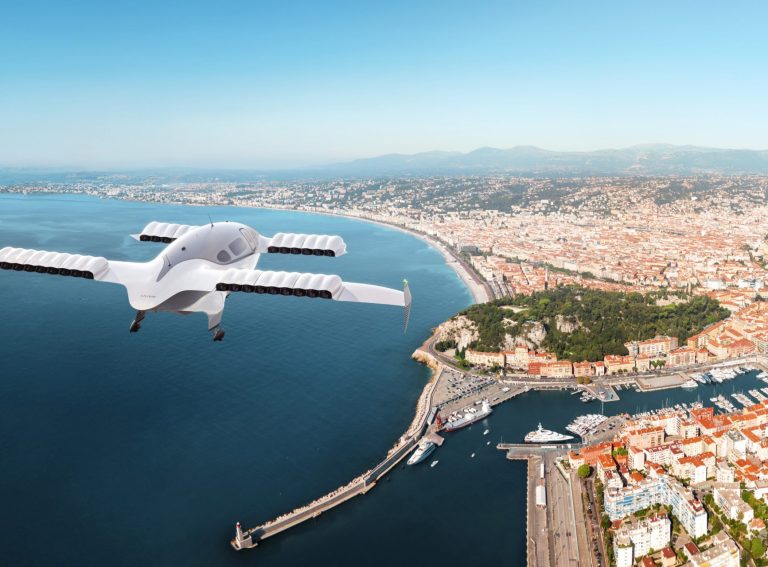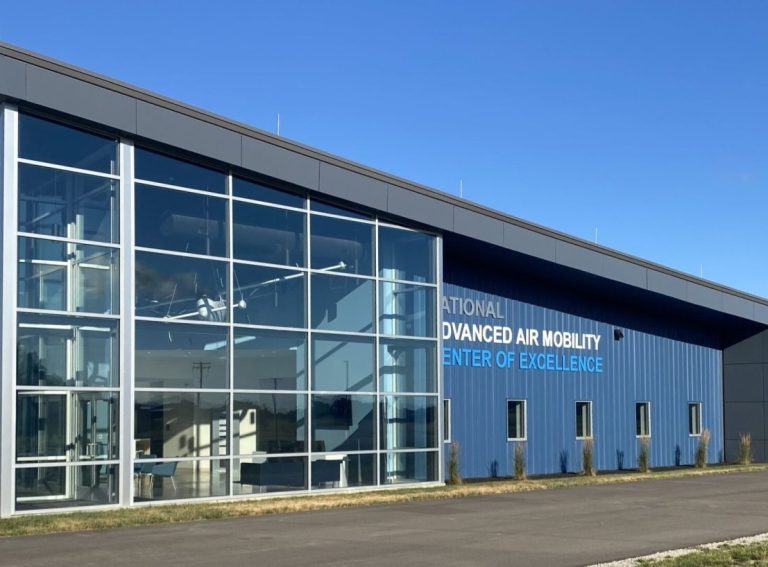Viesturs Celmins, Managing Director of Vefresh, brought together international urban mobility experts to debate how drone services could be accelerated using 5G solutions at the Smart City Expo.
The panel was made up of experts in emergency services, EU policy and urban planning.
A 5G connection increases a drone’s capabilities by allowing real-time data transmission, rather than relying on onboard storage. Previously, information from drone-mounted cameras, sensors, and telemetry could only be accessed once the drone landed to upload its data. With 5G, drones can now send information back to base instantly, opening up new possibilities.
Guido Acchioni from the European Commission outlined the EU’s significant investment needs to meet 5G connectivity targets by 2030, citing up to €200 billion required to ensure comprehensive coverage across roads, railways and waterways.
For cities like Riga and Torino, the need for drones in public services is already here. Staņislavs Šeiko of the Riga Municipal Police explained how drones are now used for coastal patrols, which traditionally relied on fuel-intensive boats. However, limitations persist.
“We need 5G to enable remote piloting over vast areas, and to handle the data generated,” said Šeiko, highlighting how 5G could enable remote operations for more efficient rescues.
Lorenzo Pessotto from Torino added that drones are becoming essential for complex operations, such as transporting medical materials. However, this complexity demands robust 5G infrastructure.
Navigating Regulatory Hurdles
The panellists agreed that regulations remain a major hurdle. Renske Martijnse-Hartikka from Forum Virium Helsinki observed that while drone technology has advanced rapidly, regulatory processes are lagging. “Everyone wants to deploy BVLOS (Beyond Visual Line of Sight) operations, but regulation isn’t keeping up,” she said. “The risk is that companies will fail if they can’t scale quickly.”
Lorenzo Pessotto echoed these concerns, pointing out privacy fears that might arise with increased drone use. “In Torino, there’s public concern over drones for surveillance, even when used responsibly,” he said. Public acceptance, Martijnse-Hartikka added, will depend on clear, responsible communication, especially from cities that engage directly with citizens.
Building trust is essential. Martijnse-Hartikka noted that as part of the EU Commission’s CITYAM project, they are developing a public acceptance toolkit to address citizen concerns on safety, security, and privacy. She explained that the more citizens know, the more accepting they are. Public education and real-life demonstrations could help shift perceptions, she added, with the toolkit launching in January 2025.
The panel agreed that if Europe can keep pace with 5G investments and establish cohesive regulations, UAM could revolutionise urban life. Viestrus Celmins summarised the vision, “We’re on the right path if we ensure both safety and efficient regulatory processes are prioritised.”




